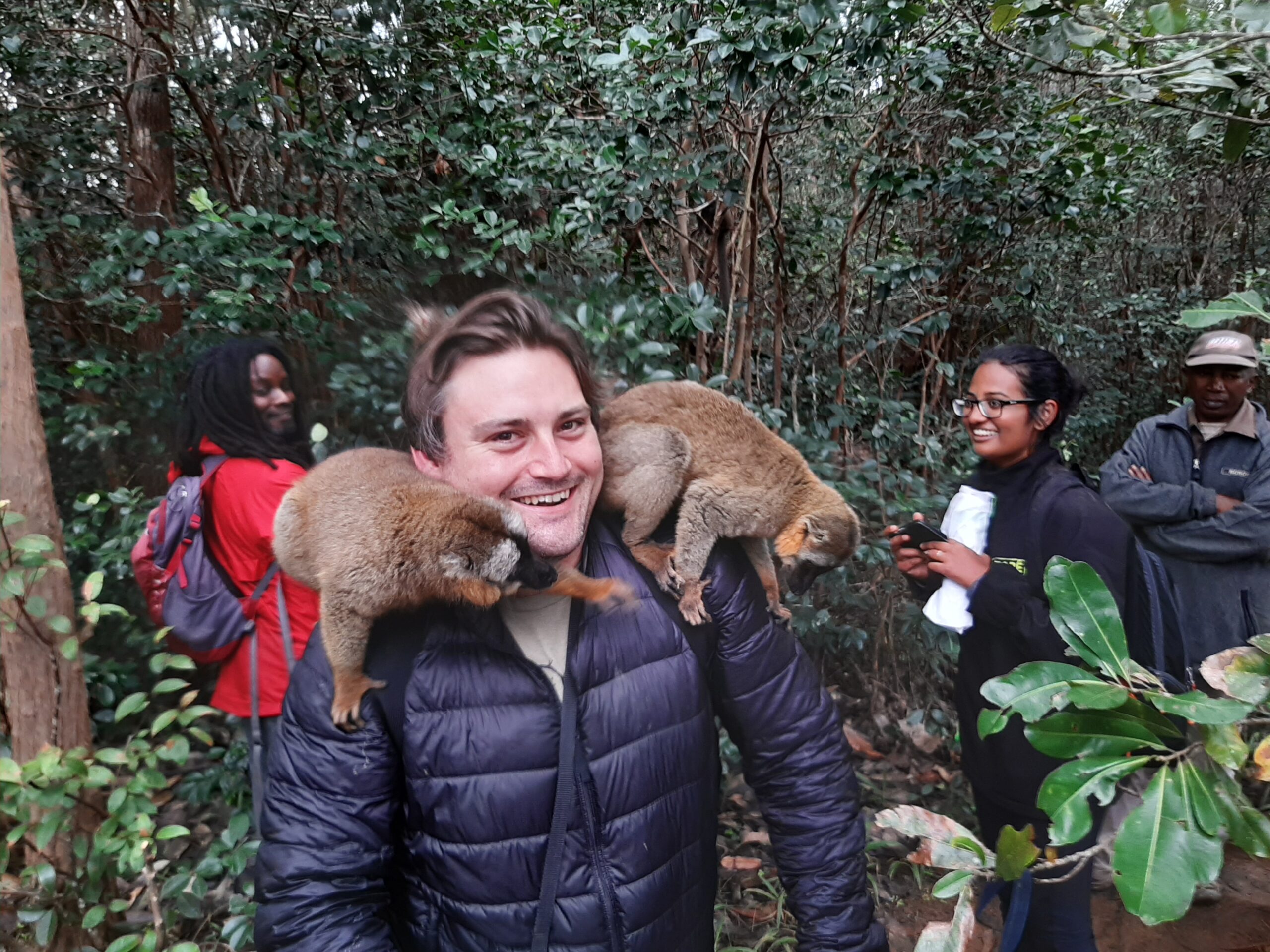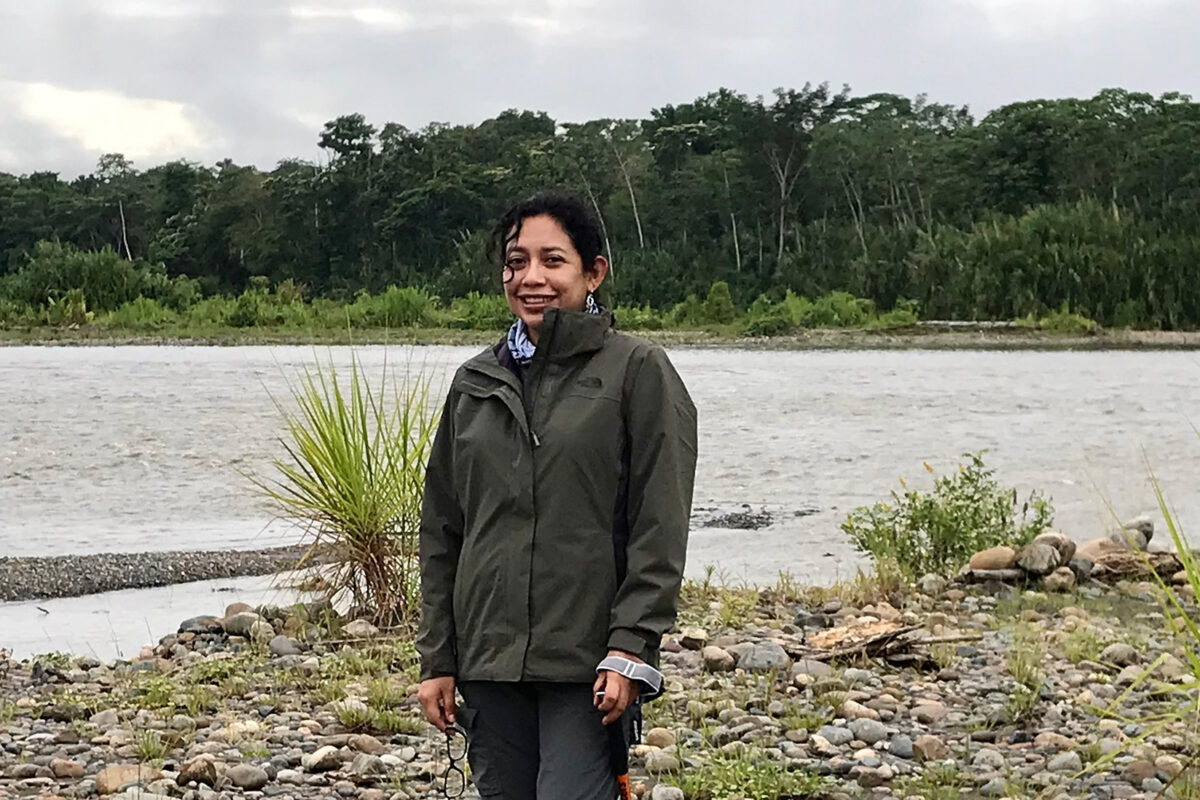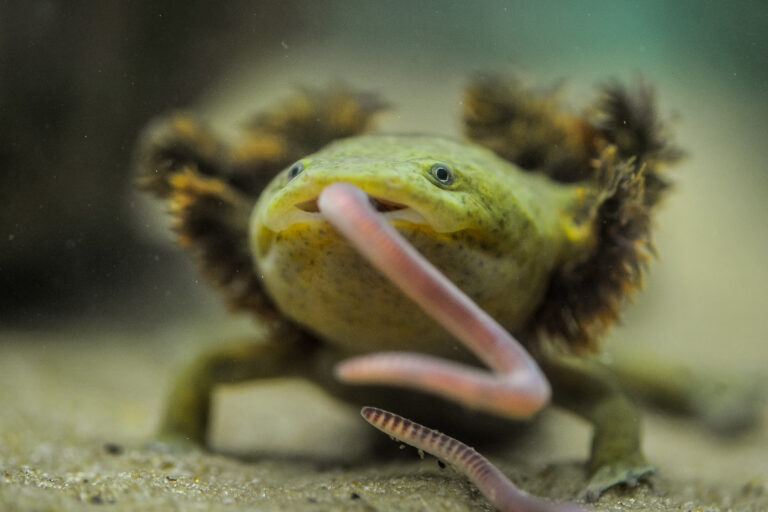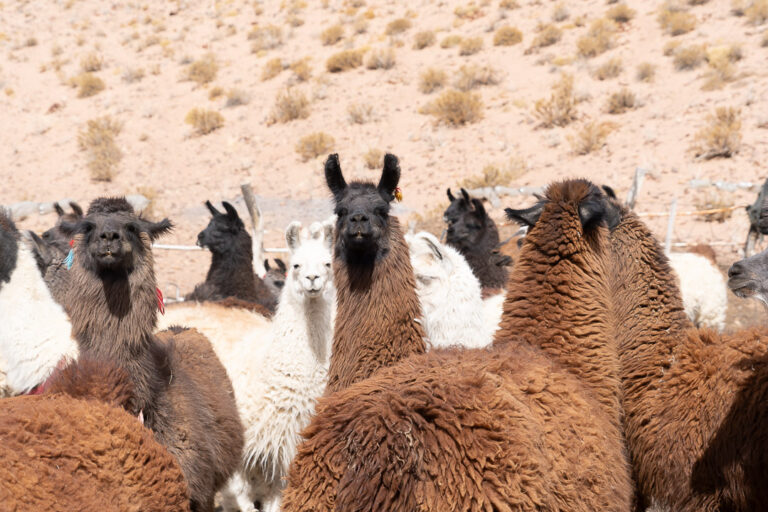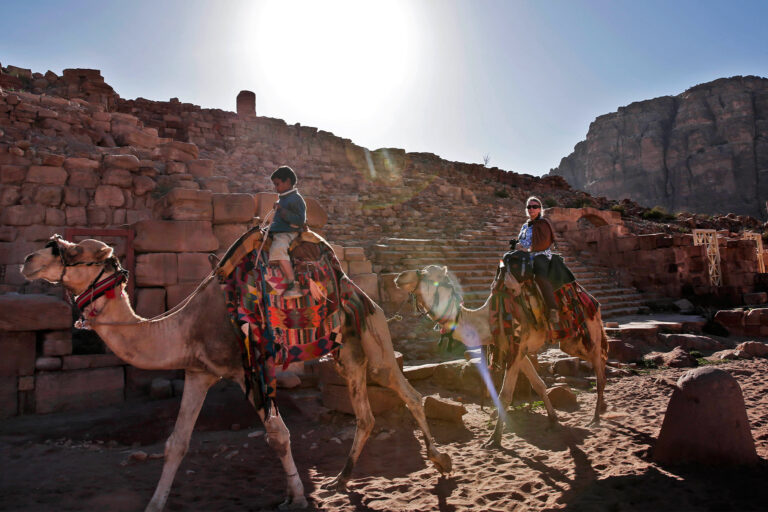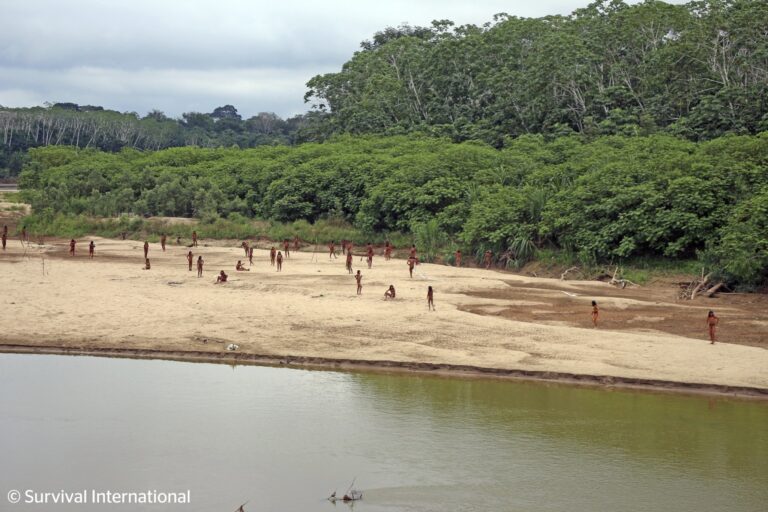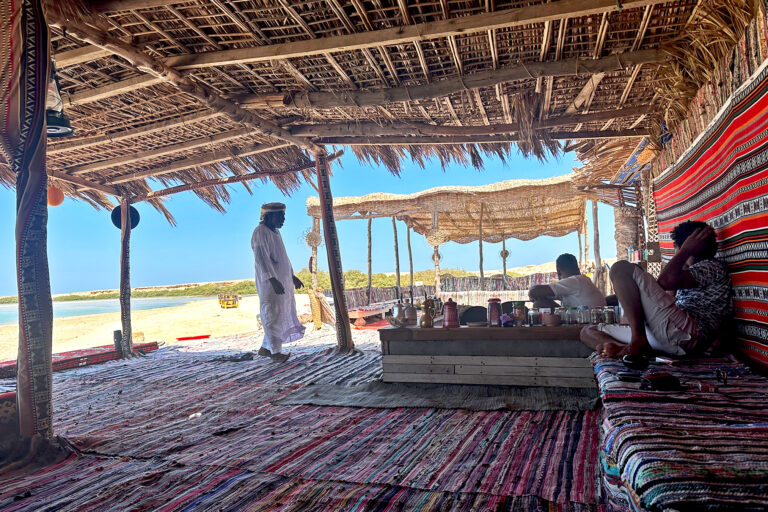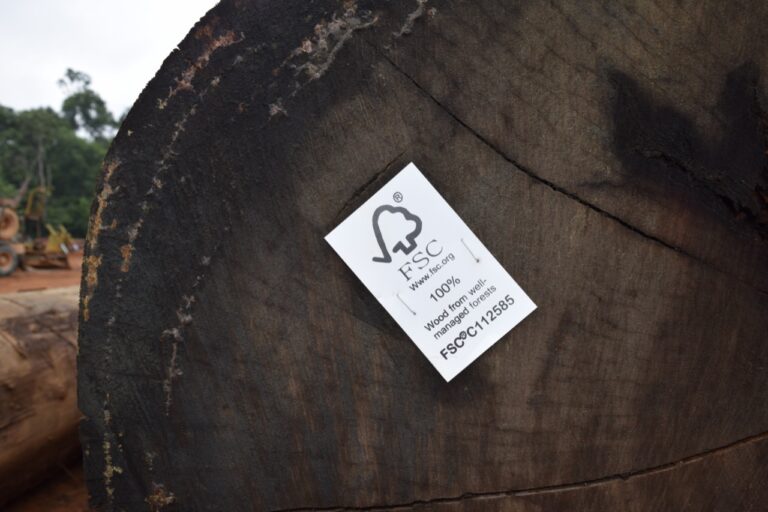- More than 100 olive ridley turtles were found dead in Bangladesh’s Cox’s Bazar Beach in the last few weeks.
- Conservationists blame the uncontrolled use of fishing nets and increased tourism during the turtle nesting period to have played a key role in the incident.
- The olive ridley’s main nesting grounds are the various islands in the southeastern district, Cox’s Bazar in the Bay of Bengal, and they come to the beaches to lay eggs before returning to the sea.
- Over the last three years, Bangladesh saw there was an increased number of olive ridley turtles and hatchlings thanks to different conservation programs.
Within only a couple of weeks during their breeding season, more than 100 olive ridley turtles were found dead at Bangladesh’s Cox’s Bazar Beach. Conservationists blame the indiscriminate use of fishing nets as one of the major reasons behind the incident.
Bangladesh is host to five out of seven sea turtle species: olive ridley turtles (Lepidochelys olivacea), green sea turtles (Chelonia mydas), hawksbill turtles (Eretmochelys imbricata), loggerhead turtles (Caretta caretta) and leatherback turtles (Dermochelys coriacea).
The olive ridley turtle is the most common, while the others visit Bangladesh’s coasts in much fewer numbers.
The olive ridleys, which are vulnerable under the International Union for the Conservation of Nature (IUCN), usually arrive at Bangladesh’s coasts from October to April seeking favorable conditions like warmer weather to lay eggs before returning to the sea. The turtle’s main nesting grounds are the islands of the country’s southeastern district, Cox’s Bazar, in the Bay of Bengal.
“Though the death of olive ridley turtle is not rare on Bangladesh coasts during their breeding period, this year’s the number is huge as it crossed more than a hundred in the last few weeks,” said Shital Kumar Nath, a wildlife researcher and project director at Community Development Centre (CODEC) Bangladesh.
“Based on our analysis, we apprehend the turtles clashing with fishing nets and later getting injured as one of the main reasons behind such a high death toll,” he said.
About 1.63 million fishers in Bangladesh rely on fishing for their livelihood, mostly venturing into the sea and rivers across the coastal zones. Cox’s Bazar is one of the important spots for sea-bound fishers.
A 2017 study indicates turtles getting entangled in fishing nets, and later injured and drowning, is one of the leading causes of death for olive ridleys before reaching the Bangladeshi coast. Another study showed that increased tourism across the 120 kilometers (74.5 miles) of these beaches is another major factor disturbing sea turtles.
Explaining the role of fishing nets in turtles’ deaths, Nath said that although using large nets is prohibited within 10 km (6.2 mi) of the beach, the fishers don’t pay heed.
Regarding the increased tourism, Nath said that with growing demands, a major part of the beach from Cox’s Bazar town to Teknaf (about 80 km, or 49 mi) is now occupied by commercial establishments like hotels, restaurants and motels. Simultaneously, increased human activity along the beaches throughout the day disturbs nesting turtles.
While a 2014 study showed that around 2 million tourists visited Cox’s Bazar between October and April, in recent years, the number is higher — according to a recent media report, around 30,000 to 35,000 people visit the beaches every day.


Conservation in progress
As part of turtle conservation efforts in Bangladesh, three NGOs, Nature Conservation Management (NACOM), CODEC and Arannayk Foundation, run nest protection projects. This includes protecting the nests on the beaches or moving eggs to hatcheries to give them a safe space to hatch.
Together, they collected the highest number of eggs in 2024 at 36,962, while they collected 16,350 in 2023 and 7,117 in 2022.
This year, 7,324 eggs were collected as of the first week of February.
The collected eggs are incubated in 12 hatcheries located along the beach before the hatchlings are released into the sea. “Of the hatched eggs, 60-70% hatched, and the hatchlings were later released into the sea,” said Md. Shafiqur Rahman, deputy project director of NACOM.
He also said that increased tourism and related development have caused degradation of the turtle nesting grounds. If this habitat were undisturbed, the number of turtles and their eggs would have been higher.
Besides collecting eggs and hatching them, conservationists have also been conducting various awareness-building programs among the local people, fishers and tourists to not disturb the turtles on the beach and create a favorable environment for laying their eggs and safely returning to the sea.
Meanwhile, the government has initiated several actions to create a safe environment for wildlife, including signing and adopting multiple international treaties and conventions to protect marine biodiversity as well as supporting conservation organizations.
Earlier, in 2016, Bangladesh’s Department of Environment started a project on the country’s lone coral island, Saint Martin’s, to protect its biodiversity, including sea turtles.
Regarding the unplanned infrastructure development for tourism purposes on Cox’s Bazar beach — a declared Ecologically Critical Areas (ECAs) in the country — Syeda Rizwana Hasan, the advisor to the Ministry of Environment, Forest and Climate Change (MoEFCC), told Mongabay, “Ideally, the unplanned infrastructure development in any ECA is prohibited. However, in the case of Cox’s Bazar, it is not maintained properly.”
“As the situation is deteriorating day by day and it has been damaging nature and ecology, we will talk to the tourism sectors along with the other relevant departments to come to a solution soon,” she added.
Banner image: Researchers examine a dead olive ridley at Cox’s Bazar Beach. Image by Shital Kumar Nath, CODEC.
Illegal trade is pushing Bangladesh’s freshwater turtles to the brink
Citations:
Chowdhury, G. W., Koldewey, H. J., Niloy, M. N. H., Khan, M. M. R., Das, N., … Sarker, S. (2024). Discarded fishing net pollution in coastal areas of Bangladesh. Science of The Total Environment, 952. doi:10.1016/j.scitotenv.2024.175529
Hossain, M. A., Mahfuj. M. S. C., Rashid, S. M. A., & Ahsan, M. N. (2013). Present status of conservation and management of sea turtle in Cox’s Bazar district, Bangladesh Mesopotamian Journal of Marine Sciences, 28(1), 45–60. doi:10.58629/mjms.v28i1.154
Mahbub, R. B., Ahmed, N. & Yeasmin, F. (2020). Towards reducing the data gap in the conservation efforts for sea turtles in Bangladesh. Regional Studies in Marine Science. Volume 35. Elsevier. https://doi.org/10.1016/j.rsma.2020.101151




